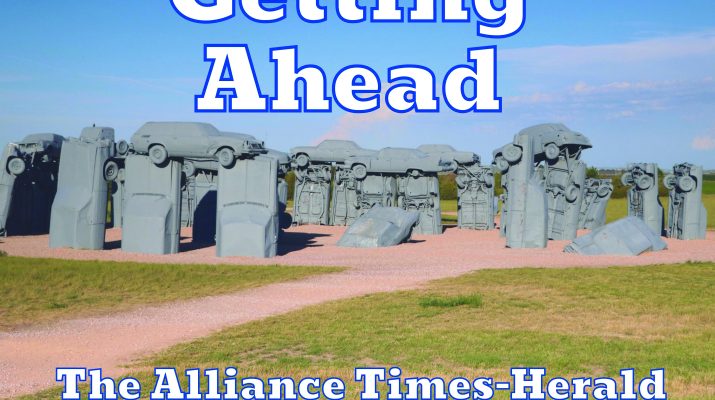“National parks are the best idea we ever had. Absolutely American, absolutely democratic, they reflect us at our best rather than our worst. . . Something will have gone out of us as a people if we ever let the remaining wilderness be destroyed.” Wallace Stegner, 1913
In early April Earl and I took a trip to the Channel Islands National Park, located just west of Ventura, CA. As we listened to and hiked with Road Scholar experts, I spent a great deal of time reflecting on why we have a National Park System.
Our national parks protect and preserve our natural and cultural heritage. They vary from islands, like Acadia or Channel Islands; mountain landscapes like Denali or Teton; rock formations like Arches or Bryce; caves like Carlsbad Caverns or Wind Cave. We wonder at the cliff dwellings of Mesa Verde and their creators. The Grand Canyon takes our breath away.
In the United States there are 63 national parks, and hundreds of other protected areas such as preserves, battlefields, and historic sites.
Who was the first president to see the need to protect our nation’s stunning landscapes? I always thought it was Teddy Roosevelt – wrong! President Abraham Lincoln signed the Yosemite Valley Grant Act in 1864, establishing both California’s Yosemite Valley and the nearby Mariposa Grove of sequoia trees as protected wilderness. In 1872, President Ulysses S. Grant established Yellowstone as America’s first national park. President Woodrow Wilson created the National Park Service in 1916. National Parks have been established by 22 presidents!
Let’s consider Yellowstone, our first national park. Its 2.2 million acres sit over a volcanically active caldera, making it a geologic hot spot. Yellowstone has more geysers and hot springs than the rest of the world combined. Old Faithful is one of 500 geysers! When we visit, we see bubbling, colorful, odd-smelling phenomena. White bluffs are created by mineral deposits from the hot springs.
The Yellowstone ecosystem includes forest, tundra, grasslands, wetlands, rivers, and lakes. Because of the ecosystem, the park boasts incredible wildlife diversity. The park has the largest concentration of mammals in the lower 48 states. Visitors marvel at grizzlies, black bears, bison, elk, otters, wolves, coyotes, and so many other species.
Yellowstone had about 4.3 million visitors last year, making it our nation’s sixth most visited national park. The 331.9 million total visitors to our parks last year included millions of international tourists. Consider the economic value of tourism in the communities near our parks!
When we think of national parks, we think of unique ecosystems and land features, and people visit for sight-seeing and hiking. When we were at Channel Islands, we discovered that these parks are also the nation’s largest outdoor classroom. We saw students from third grade through high school. Most were there for hiking. Older groups were camping or kayaking. Middle schoolers were putting on wetsuits to snorkel in the underwater kelp forests. What an opportunity for kids of all ages and economic backgrounds!
We learned about work being done by national park personnel in protecting breeding grounds of elephant seals and brown pelicans. Workers were removing invasive species. Ranches and livestock have been removed from the islands, allowing native vegetation to once again thrive. The island foxes on Santa Cruz numbered only 80 in 2000, but now have come off the endangered species list, with populations over 3000. Nature’s balance is being restored.
Why is it so important to protect these wonderful places – these jewels found throughout our nation? Many people believe the parks should be privately owned and developed, which would not protect their natural beauty or allow them to be visited by everyone.
National parks face various industry threats; resources could be extracted from this “underutilized” land. We hear this especially from oil and gas developers, mining, and logging businesses. This would lead to habitat loss, air and water pollution, and disruptions to wildlife, impacting both the natural environment and the recreational value of the parks.
There are also people who believe we should “starve the beast” and cut government spending. They believe national parks are not an essential government expenditure. DOGE has cut funding and terminated thousands of national park employees just before the summer tourist season begins.
National parks are crucial for preserving biodiversity, maintaining healthy ecosystems, and protecting natural resources. They also play a significant role in education, recreation, and economic support for local communities. They are America’s best idea!

